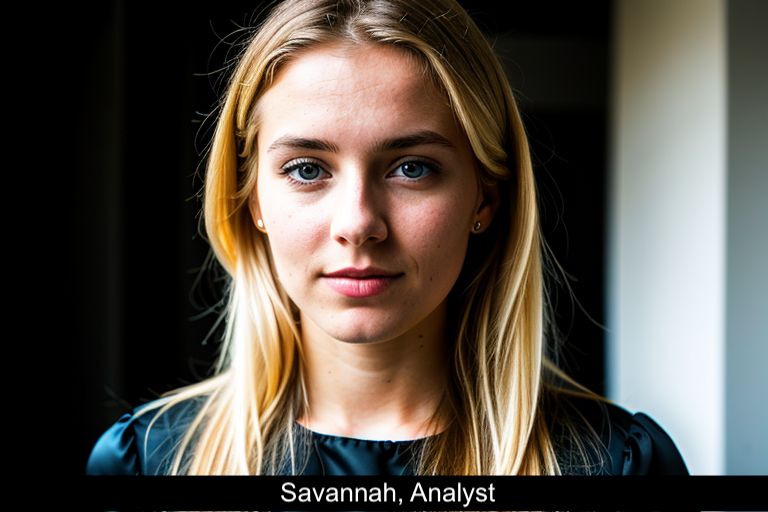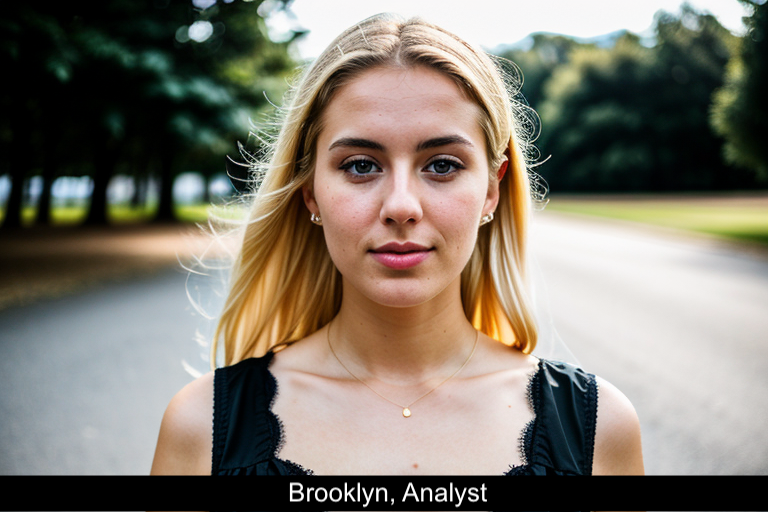In a devastating turn of events, a drive-by shooting outside a Chicago nightclub has left four people dead and 14 injured, igniting conversations about urban violence, public safety, and community response. This tragic incident occurred late on a Wednesday night as attendees were leaving an album release party for local rapper Mello Buckzz, when gunmen in a dark vehicle opened fire on a crowd. The rapid and chaotic nature of the shooting exemplifies a growing trend that has unfortunately become commonplace in urban settings across the United States.
As the community grapples with the shock of such a violent act, it’s crucial to consider both the immediate and lasting impacts of this incident. The victims—two men in their twenties and two women in their mid-twenties—serve as potent reminders of the lives at stake in these situations and the broader societal implications of gun violence.
### The Immediate Aftermath
Eyewitness accounts paint a harrowing picture of “absolute chaos,” according to Pastor Donovan Price, who recalled scenes filled with screams and blood on the streets. This level of violence raises urgent questions about safety in public spaces and the responsibilities of city officials and law enforcement to protect citizens. While authorities are investigating the shooting and searching for the perpetrators, the community remains in fear and confusion, highlighting the need for swift action and support for both the victims and their families.
### Urban Violence Trends
This tragic event in Chicago is not an isolated incident; rather, it is part of a wider trend of increasing gun violence in many urban areas across America. Recent years have witnessed a disturbing rise in similar incidents, often linked to gang activity, drug trafficking, and social unrest. Data from the Gun Violence Archive indicates that cities are experiencing higher rates of shootings and homicides, raising alarm bells among public health officials and community leaders.
Understanding the root causes of urban violence includes examining socioeconomic factors such as poverty, education, and systemic inequality. Disinvestment in marginalized communities often leads to higher crime rates and a cycle of violence that is difficult to break. It is vital to address these underlying issues to make lasting changes in urban environments.
### Public Safety Measures
In the wake of this shooting, there is an urgent need for authorities to evaluate current public safety measures surrounding nightlife venues. Nightclubs and similar establishments must implement more robust security protocols to ensure the safety of their patrons. This could include hiring additional security personnel, installing surveillance systems, and working closely with local law enforcement to monitor potential threats.
Furthermore, community engagement plays a critical role in preventing violence. Neighborhood watch programs, outreach initiatives, and partnerships between the police and community organizations can foster trust and collaboration. Empowering community members to be vigilant and proactive can create a safer environment for all.
### Conversations About Gun Control
The shooting outside the Chicago nightclub also reignites debates surrounding gun control. Advocates for stricter gun laws argue that incidents like these could be mitigated by implementing comprehensive background checks, limiting access to high-capacity firearms, and promoting responsible gun ownership practices. On the other hand, opponents of gun control often cite the importance of Second Amendment rights, arguing that law-abiding citizens should not be punished for the actions of a few.
As the nation continues to grapple with gun violence, it is essential for lawmakers to engage in open, constructive dialogues about how to balance personal freedoms with public safety. Public opinion surrounding gun control is evolving, with many calling for legislative reform. This shooting provides a renewed impetus for discussions about policies that could potentially save lives.
### Community Healing and Support
In the aftermath of such tragedies, the importance of community healing cannot be overstated. Survivors and families of victims need immediate support services, including counseling and mental health resources, to process their trauma. Local organizations and mental health professionals must become involved in providing these resources, ensuring that those affected receive the help they need.
Rapper Mello Buckzz’s poignant statement on social media reflects the emotional toll that such incidents can have on artists and communities. Her call for prayers underscores the collective grief and need for solidarity in times of crisis. The role of artists in amplifying these issues can also not be underestimated; music and art have historically been powerful outlets for expressing pain, promoting healing, and advocating for societal change.
### Conclusion
The tragic shooting outside the Chicago nightclub is a sobering reminder of the persistent threat posed by urban violence. As the community mourns and begins to heal, it is critical to engage in meaningful discussions around prevention, safety, gun control, and the socio-economic factors contributing to this epidemic. By uniting in the face of this tragedy, Chicago and other cities can work together to create safer environments for all residents and promote a culture that values life and peace.
In the end, it will require a collective effort—community engagement, legislative action, and a commitment to addressing the root causes of violence—to foster change and prevent further tragedies from occurring. Education, advocacy, and support are paramount in the journey toward a more peaceful society. As communities come together to heal, let this tragedy serve as a catalyst for meaningful change.



